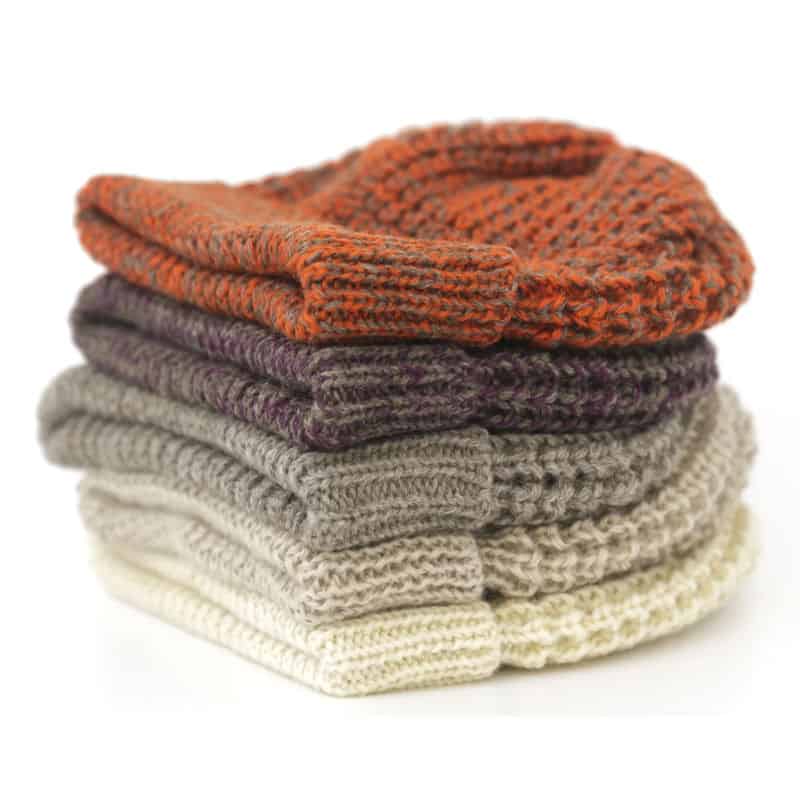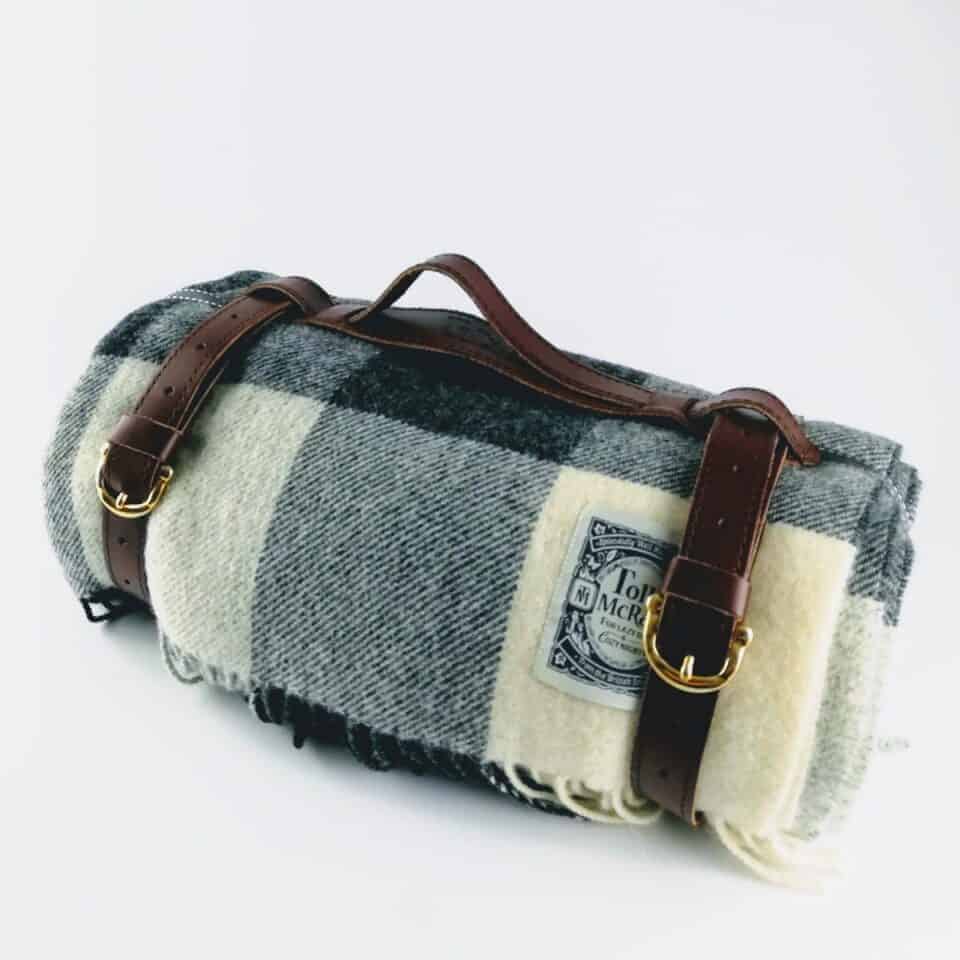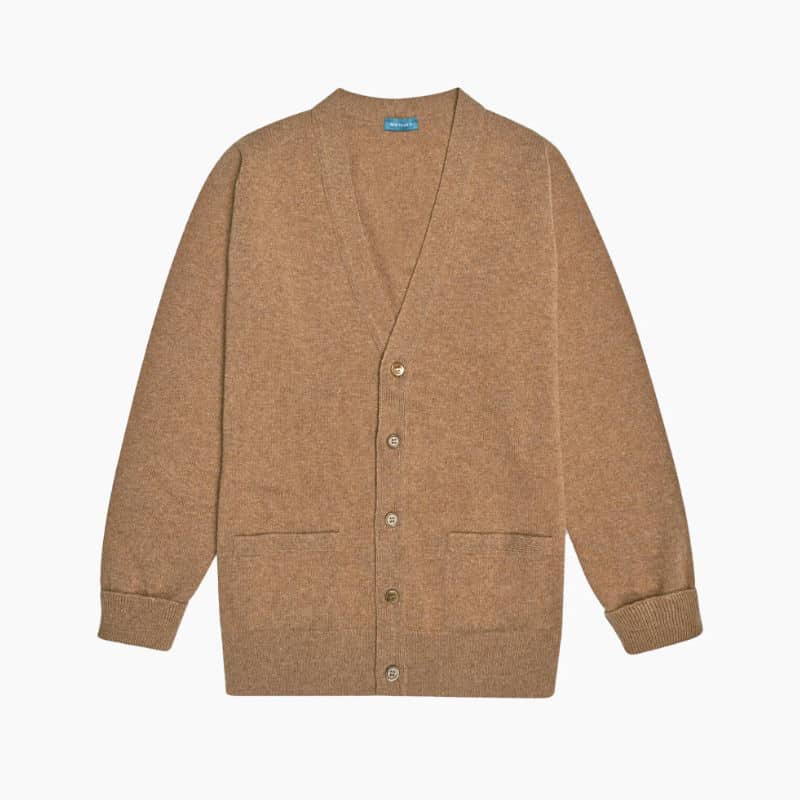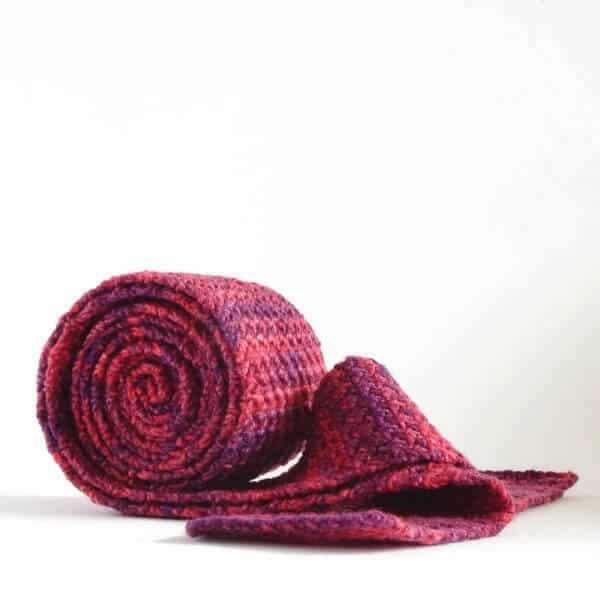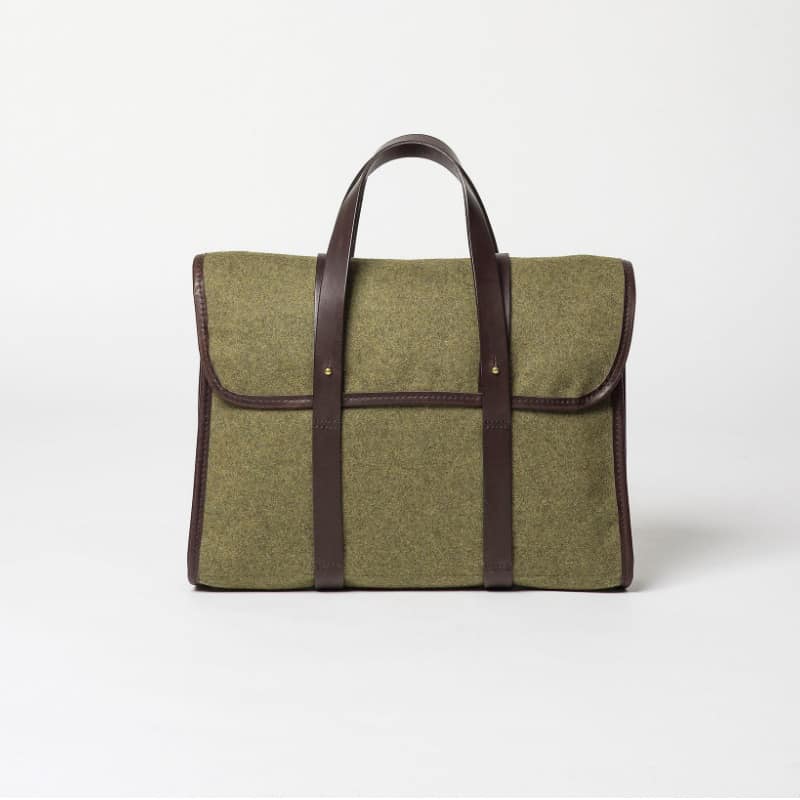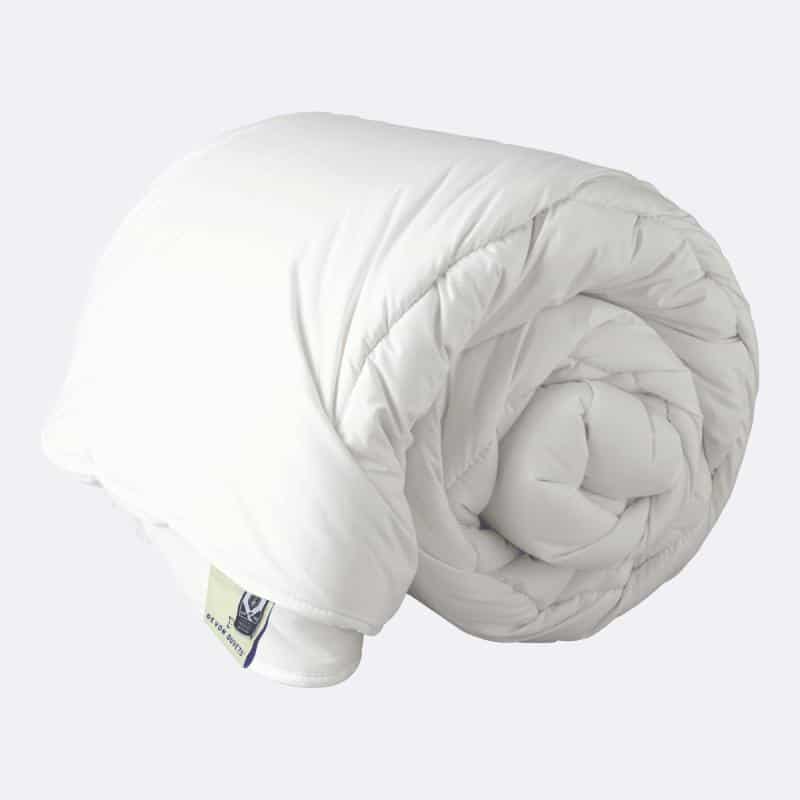British WOOL
A Brief History of Wool and the Wool Trade in Britain

The beginnings of the wool industry
If there was ever a ripping yarn then the history of wool and the wool trade in Britain is it. Well, maybe not a ripping yarn exactly, more a long and winding story.
The use of wool goes back a long way. Almost as long as the domestication of wild sheep themselves. It is believed that wool was first utilised in Mesopotamia around 10,000BC. When the mountain sheep ‘wild mouflon’ which were domesticated to produce meat, milk and skins were bred to create woollier animals. Although the exact lineage is still rather unclear. And quite frankly how modern domesticated sheep came to be is a complex study. And far too intricate to go through here in full.
But it is believed that domesticated horned brown sheep were first introduced into the British Isles around 4000BC by Neolithic settlers. And that the Romans brought white faced short wool sheep or Spanish Merino when they conquered Britain in 55BC. These two types of sheep and the black faced horned short wool variety that the Danes brought to the north of Britain under Danelaw are where they probably cross bred, to give us or akin to our modern sheep.
By the medieval times Britain had three breeds that accounted for almost all of the production - the Ryeland, Cotswold and Lincoln. The Ryland was the most famous of all breeds. And until recently was classified as a rare breed. It probably descends from the Roman Spanish Merino breed. It was farmed between the Marches of Wales and the River Severn. Its name comes from the farming system that was prevalent in that area where rye was grown for bread and its straw for thatching and then the Ryeland was allowed to graze on the rest.
The Ryeland was renowned for its soft wool and was known as ‘Lemster Ore’ or Leominster Gold for the hefty price paid for the wool at the wool markets around the town of Leominster. Queen Elizabeth I (1558-1603) was once presented with a pair of stockings made from Ryeland wool and swore from that day on due to its touch that she would only wear clothes made from Ryeland. Which probably helped it become known as Lemster Ore.
The Cotswold Lion
The Cotswold as the name suggests hails from the Cotswolds. It too claims to come from the Romans and is oft called the Cotswold Lion because of its golden fleece. The Cotswold is also actually classed as a rare breed now. But was one of the trio which not only helped build the beautiful towns and villages of the Cotswolds but also powered the nation’s wealth. Moreover, the Cotswolds are probably named after the breed not the other way around. As a Cote is a building in which sheep would be housed and Wold means open country.
These beasts have certainly been in the region for a long time. With the Roman writer Tacitus claiming that an extensive clothing trade existed in Cirencester in the first century of the Christian era. So in demand were the wool from Cotswold that the Don Duarte the King of Portugal in 1437 made an application for 60 sacks of Cotswold wool in order that he ‘may manufacture certain cloths of gold in Florence for his own use’.
The third breed that defined a nation’s reliance on wool was the Lincoln or the Lincoln Longwool. As its name suggests it has very long wool and has the look of an unkempt Rastafarian. East Anglia was one of the key wool regions of Britain, where you can still see the Wool Churches. These churches were built by woolmongers to show their wealth. And why many small towns and villages in East Anglia have churches as ornate and almost as large as Cathedrals. And it is apt that the Lincoln was the largest of all British sheep whose fleece grew at 1 inch per month which meant it was a walking money maker. Its size also made it a valuable carcass.
It even makes an illustrated appearance on the pages of the Luttrell Psalter. A surviving middle age manuscript commissioned by Sir Geoffrey Luttrell, which is now housed in the British Museum. Although it is also classified as a rare breed now, it was transported in great numbers across the world. From South America to Australia to improve the size and wool quality of local breeds.
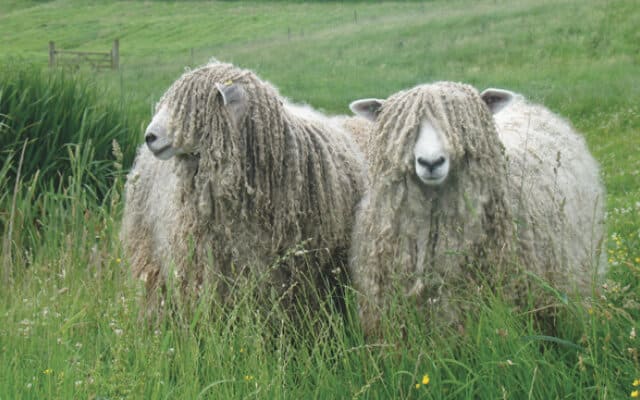
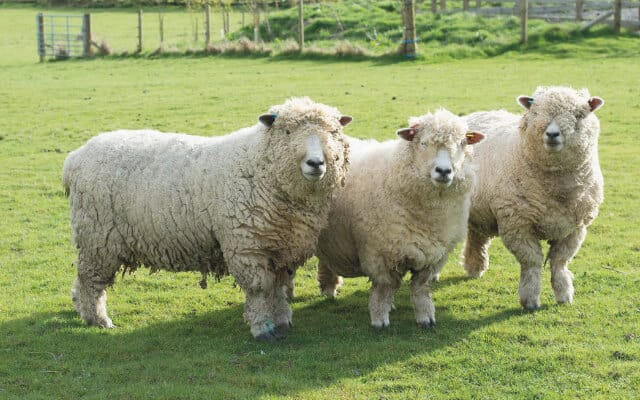
Britain's Most Important Industry
These breeds are what made British wool ‘special’ in the eyes of the world and what made the wool trade the most important industry in Britain. The reason behind its special properties has as much to do with the British climate as it does with selective breeding. The inner fibres were soft and dense, offering warmth and insulation. While the outer fibres were long which made them easy to spin. Traders from Genoa and Flanders were constantly trading with Britain for this commodity of ‘golden fleece’. Buying in bulk and taking it back to the master weavers of Genoa and Flanders, where the finest fabrics were woven.
Britain controlled not only the wool trade but as it controlled the base material it also had power over the whole weaving industry. Edward I saw this and started to tax the wool industry heavily to finance his wars and crusades.
But the wool trade really came into the political arena when the Flemish weavers asked Edward III to protect their cloth making towns from their French overlords. Essentially Edward III went to war over wool. To finance the 100 years’ war with France, Edward III taxed wool heavily. This though meant that it became expensive for the Flemish to buy the raw wool. In an unexpected turn of events, cloth making began to grow in Britain. Edward III on July 16 1331 granted John Kempe of Flanders ‘weaver of woollen cloths’ to teach and trade freely in England under the king's protection.
This was the beginning of the influx and settling of Flemish and Netherlandish craftsmen. First to London but also the centres of the wool industry such as the Cotswolds, Norfolk, Suffolk and Yorkshire Dales. To prove how important cloth making was to the wool industry Edward III later issued orders for all Flemings to leave England except those who were workmen who make cloth.
The Woolsack
Indeed, to compound how important wool was to the nation’s wealth Edward III commanded that the Lord Chancellor whilst in council should sit on a wool bale, which is now known as ‘The Woolsack’. In an amusing anecdote, the Woolsack was looking a little tired in 1938. Well after 600 years of being sat on you would too. So, it was deemed that it needed re-stuffing. But when opened it was discovered that it was in fact stuffed with horse hair not wool at all. It was remade with wool from all over the Commonwealth as a symbol of unity.
But the wool industry hasn’t all been a bed of roses (not that we would call a war a bed of roses). Between 1750 and 1850 at the height of the industrial revolution wealthy landowners of the Scottish Highlands realised that sheep farming would be very profitable and they instigated the ‘Highland Clearances’. Tennants and holdings were forcibly removed to make way for arable sheep land. Not only did this change the Scottish Highlands landscape forever it also caused a great famine and whole communities died. This led to the great Scottish exodus to the new world of the East coast of Canada and the US.
Interesting Facts about Wool
On a lighter note in 1570 a law was passed that all men (except noblemen) should wear a woollen cap to church on Sundays. It was a sort of stealth tax to help bolster the wool industry. The history books do not say how successful it was. But we don’t think that pulled the wool over anyone’s eyes. incidentally that saying is believed to come from the Judge’s wig that looks like it comes from a lamb. That they have had their wig pulled over their eyes when they have been hoodwinked or conned by a defendant and let them free. Although this is disputed like many British idioms and phrases.
Another idiom that must be explored and related to the wool trade is, and pardon our language ‘taking the piss’. This is supposed to derive from around 1600, when it is claimed that in 1612 13,000 gallons of London urine was transported up to the tweed mills of Whitby to soften the fibres of wool. The captains of the ships delivering the payload were often embarrassed of their cargo and when asked what they were transporting would oft say wine, to which their detractors would reply ‘No, you are taking the piss’. It is said though that Londoners could make a penny a bucket for their urine. So spending a penny to earn a penny we suppose.

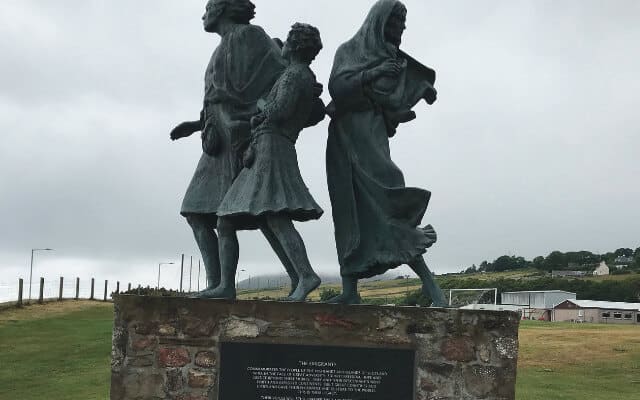
The Wool Process
As we are talking about the old unsavoury process of making wool, we should probably delve into how it is actually made now. And it is more complex than one would first imagine and goes through various processes.
1: Shearing. This was traditionally performed in midsummer around June which culminated in the sheep shearing feast.
2: Grading and Sorting. A skilled profession that takes many years of apprenticeship to become a fully trained grader or as they are known in the trade ‘Softies’ due to the lanolin oil in the wool which makes the graders hands very soft. There are 100 different grades wool can be put into and that include, quality, colour, strength and length. The best quality wool is to be found on the neck and sides whilst the lowest quality is around the base of the legs.
3: Scouring. This is where the wool is sent through a process to separate the dirt, sweat (known as suint in the industry) and grease or lanolin oil from the fibres. Although this process can be done by hand it is now large scale and there are only two scourers left in Britain. This process can take 30-70% of the weight out of wool.
4: Carding. This is when the fibres are passed through a series of metal teeth that removes the rest of the dirt and also places the longer fibres parallel to each other.
5: Spinning. The fibres are as the name suggests spun together to form a strand of yarn. And then that yarn is wrapped around a bobbin, a cone or a commercial drum.
6: Weave. The wool yarn is then woven into fabric. There are two basic weaves. Plain weave and Twill. Plain weave is looser with a softer surface. Whilst Twill is more tightly woven and gives a smoother fabric and is generally more durable.
7: Finishing. There are numerous ways to finish such as Faling which is an immersion into water to bind the fibres together tighter and interlock, shrink proofing which is pretty self-explanatory and dyeing.
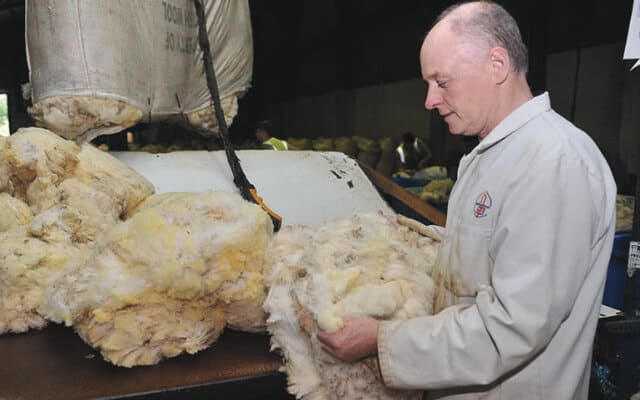
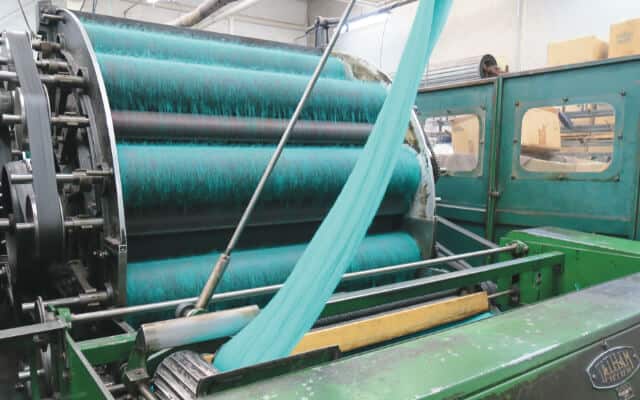
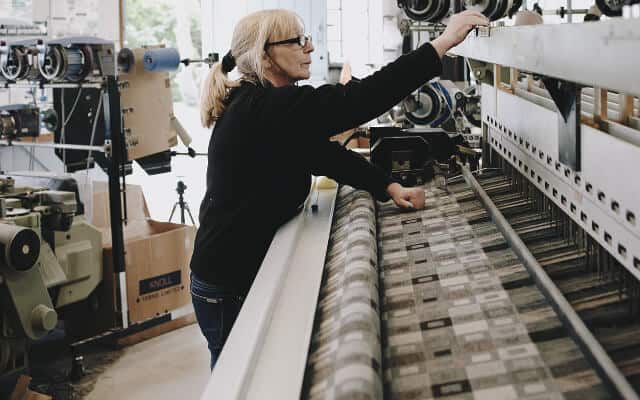
The Industrial Revolution and Wool
As we have discussed earlier the wool industry in Britain had a few centres dotted around the country. Such as the Cotswolds and East Anglia but these areas were far from what was beginning to happen in other parts of Britain. The industrial revolution was stirring and the Pennines and the Dales of the North had one big advantage. Steep hills and plenty of water to power the new dawn.
Leeds and Bradford started to become the powerhouse of the wool industry. The wool industry began to decline in the more rural areas and the North’s dominance began to take hold. Where Manchester was known as Cottonopolis, Leeds was the city built on wool.
The mills that were being built were the biggest mills the world had ever seen. In fact Salts Mills in Shipley, near Bradford was the biggest factory ever built. Sir Titus Salts lived up to his name and his mill had 1200 looms chugging away creating 30,000 yards of cloth a day. In 1770 a third of Britain’s exports were woven textiles and Leeds alone accounted for a sixth of that.
The Leeds to Liverpool canal was constructed pretty much only for wool to be able to transport it across the globe. Bradford became the centre for trading raw wool. And the wool exchange is still one of the most impressive buildings in the England. To compound its international standing the area where it is, is called Little Germany. Due to the fact of the number of foreign traders who lived and worked in the area. For 600 years wool was what Britain was known for. These dark satanic mills not only dominated the skyline but also the world market.
The Modern British Wool Industry
The industry is not quite so big now, during the 1960’s cheaper product started to infiltrate the UK. But it is still a mighty industry. With 45,000 sheep farmers, 34 million sheep, it also employs 90,000 wool manufacturers, that produce 40 million kg of fleece served by 40 operational mills.
Some mills have histories that go way back. Like Abraham Moon, the largest vertical woollen mill left in Britain, which produces some of the finest weaves and who supply some of the finest fashion houses in the world. And also create the tweed on our Dents Heritage range of gloves. Or Melin Tregwynt in Wales that is a very traditional mill creating beautiful traditional welsh woollen fabrics that adorn their cushions.
And no history of British wool would be complete without mentioning Harris Tweed. The three Harris Tweed mills on the isles of Harris, Lewis, Uist and Barra in the Outer Hebrides are probably the remotest British mills. Which up until 1846 was only really available on these islands. That was until Lady Dunmore who one day decided to make her clan tartan out of Harris Tweed. It was such a hit with people that she dedicated much of her life to extolling the virtues of this unique woollen cloth to the world. Harris Tweed has now become a global mark of distinction from Aberdeen to Zhucheng.

